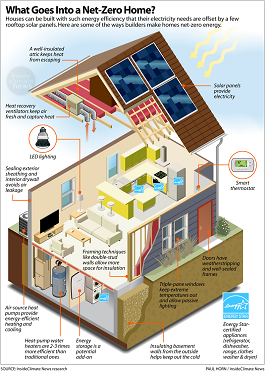
New houses must be emission-free from the year 2030, agreed the EU states
 |
EU countries, under the leadership of the Czech presidency, are currently trying to agree on the form of an unprecedented climate package known as Fit For 55, which aims to ensure compliance with new emission targets by 2030. The operation of buildings consumes approximately 40 percent of energy in the European bloc and causes more than one-third of the total greenhouse gas emissions related to energy.
Therefore, according to Czech Minister of Industry Jozef Síkela, it was important to agree on a new form of the directive tightening the conditions for energy operation of buildings, which is part of the mentioned set of standards.
"Today's agreement will also help people significantly save on energy. Better and less energy-intensive buildings will improve the quality of life for residents and simultaneously reduce their energy bills," stated Síkela, who led the negotiations among the EU ministers.
The new rules also regulate the energy performance of existing buildings and set stricter limits that they must comply with. The efficiency thresholds of buildings should gradually increase through their renovations and adaptations, taking into account the conditions of each country. All buildings in the European Union should be zero-emission by the middle of the century.
Countries agreed to introduce a category A0 within the energy certification system for labeling entirely zero-emission buildings. They also have the option to newly utilize an A+ rating, which will be met by zero-emission buildings that supply energy from renewable sources to the electrical grid. Currently, the scale ranges from the most energy-efficient category A to G.
The requirement for preparing locations suitable for solar energy technology will apply from the end of 2026 to new non-residential buildings with a usable area of over 250 square meters. A year later, it will also apply to existing non-residential buildings with a usable area of more than 400 square meters that undergo major reconstruction. By the end of 2029, it will also apply to new residential buildings.
The directive also anticipates that charging points for electric vehicles and parking spaces for bicycles will be created inside buildings or in their immediate vicinity.
The English translation is powered by AI tool. Switch to Czech to view the original text source.
0 comments
add comment










